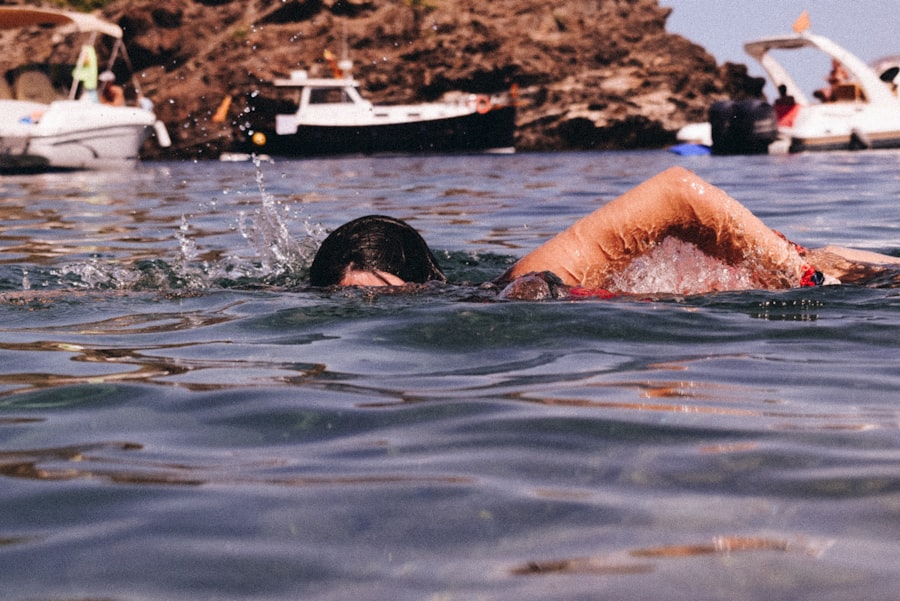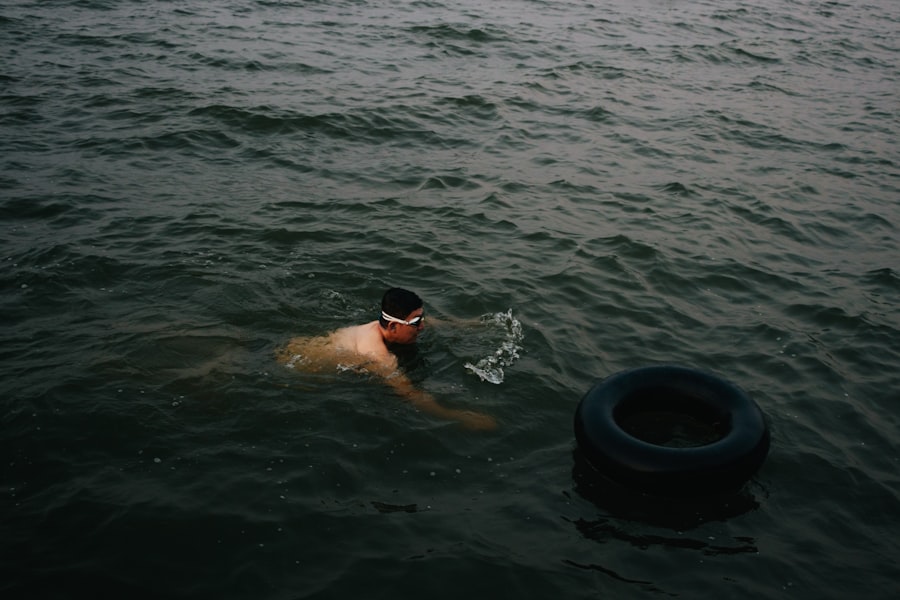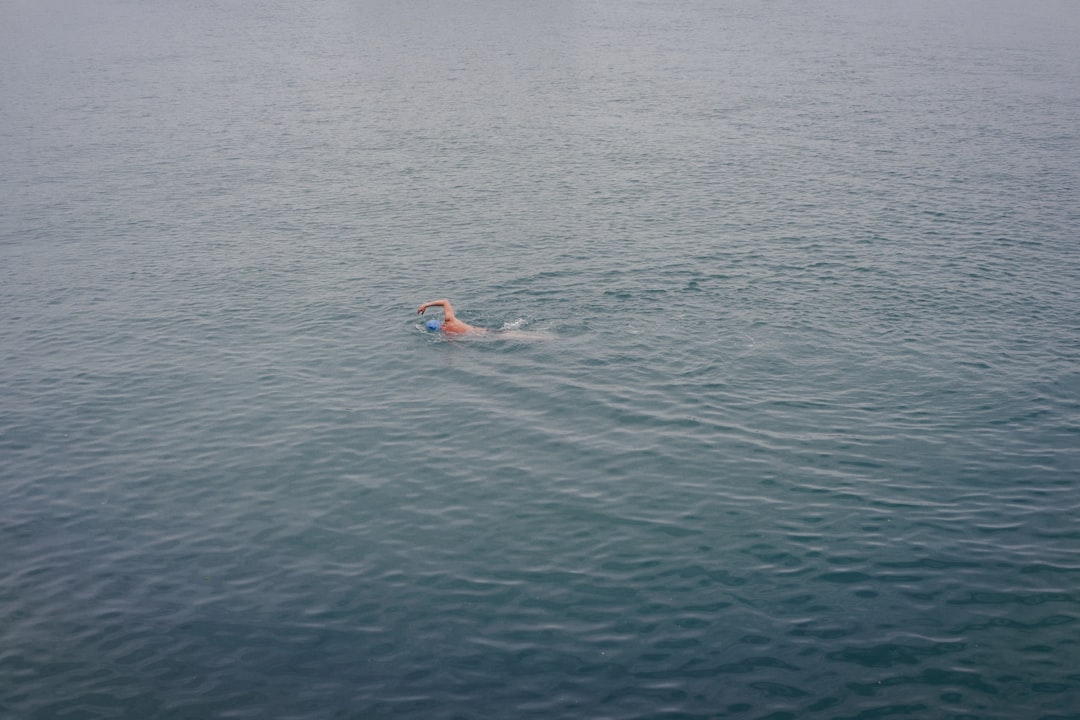The Drake Passage, a body of water situated between the southern tip of South America and Antarctica, is renowned for its treacherous conditions and unpredictable weather. Stretching approximately 600 miles, it is often regarded as one of the most challenging maritime routes in the world. The passage is characterized by its strong currents, high waves, and fierce winds, which can reach speeds of up to 60 knots.
These elements combine to create a formidable environment that has deterred many sailors and adventurers throughout history. The Drake Passage serves as a natural barrier, separating the Atlantic and Pacific Oceans, and is a critical route for vessels traveling to and from Antarctica. The unique geography of the Drake Passage contributes to its notorious reputation.
The convergence of cold Antarctic waters with warmer ocean currents creates a volatile mix that can lead to sudden storms and rough seas. This unpredictability has made the passage a subject of fascination for explorers and scientists alike. Understanding the dynamics of the Drake Passage is essential for anyone considering a swim across its tumultuous waters.
The challenges posed by this environment require not only physical endurance but also a deep respect for the power of nature.
Key Takeaways
- The Drake Passage is known as the world’s most challenging waters due to its unpredictable weather and strong currents.
- Pioneers and record holders have made history by swimming across the Drake Passage, pushing the limits of human endurance and determination.
- Physical and mental preparation are crucial for swimming the Drake Passage, requiring extensive training and mental fortitude.
- Essential gear and equipment such as wetsuits, navigation tools, and emergency supplies are necessary for conquering the Drake Passage.
- Navigating through the wildlife of the Drake Passage presents its own set of obstacles, requiring respect and caution from swimmers.
The History of Swimming the Drake Passage: Pioneers and Record Holders
The history of swimming the Drake Passage is marked by remarkable feats of human endurance and determination. The first recorded swim across this daunting stretch of water was accomplished by the British adventurer, Lewis Pugh, in 2008. Pugh’s swim was not only a test of physical strength but also a bold statement about climate change and the fragility of the Antarctic ecosystem.
His journey across the frigid waters took place in temperatures hovering around freezing, showcasing both his mental fortitude and his commitment to raising awareness about environmental issues. Since Pugh’s pioneering swim, several other athletes have attempted to conquer the Drake Passage, each bringing their unique stories and motivations to the challenge. Record holders have emerged, pushing the boundaries of what is possible in extreme swimming.
These individuals often face not only the physical demands of the swim but also the psychological hurdles that come with navigating one of the most dangerous bodies of water on Earth. Their achievements serve as inspiration for future generations of adventurers who aspire to take on this formidable challenge.
Training for the Drake Passage: Physical and Mental Preparation

Preparing to swim the Drake Passage requires an extensive training regimen that encompasses both physical conditioning and mental resilience. Swimmers must build their endurance through rigorous workouts that include long-distance swimming in cold water, strength training, and cardiovascular exercises. Cold-water acclimatization is particularly crucial, as the temperatures in the Drake Passage can be shockingly low.
Swimmers often spend hours in icy waters to prepare their bodies for the extreme conditions they will face during their crossing. Mental preparation is equally important in this endeavor. The psychological challenges of swimming in such a hostile environment can be daunting.
Swimmers must cultivate a strong mindset to overcome fear and self-doubt while navigating through unpredictable conditions. Techniques such as visualization, meditation, and positive affirmations can help athletes build mental toughness. By combining physical training with mental conditioning, swimmers can enhance their chances of successfully completing their journey across the Drake Passage.
Gear and Equipment: Essential Tools for Conquering the Drake Passage
| Item | Description |
|---|---|
| Waterproof Jacket | A waterproof and windproof jacket to protect against the harsh weather conditions. |
| Insulated Boots | Boots designed to keep your feet warm and dry in cold and wet conditions. |
| Thermal Layers | Insulating layers to keep the body warm in cold temperatures. |
| Life Jacket | A personal flotation device for safety in case of emergency. |
| Binoculars | To observe wildlife and scenery from a distance. |
| Camera | To capture the breathtaking views and wildlife encounters. |
The right gear and equipment are vital for anyone attempting to swim the Drake Passage. Swimmers must invest in specialized wetsuits designed for extreme cold-water conditions. These suits provide insulation while allowing for flexibility and mobility in the water.
Additionally, neoprene gloves and booties are essential to protect extremities from freezing temperatures. Swimmers often choose brightly colored caps to enhance visibility in turbulent waters, ensuring that they can be easily spotted by support crews. In addition to personal gear, swimmers rely on a range of equipment to ensure their safety during the crossing.
Support boats equipped with safety gear, communication devices, and medical supplies are crucial for monitoring swimmers and providing assistance if needed. GPS devices help track progress and navigate through challenging waters. The combination of high-quality gear and reliable equipment can make a significant difference in a swimmer’s ability to conquer the Drake Passage.
The Wildlife of the Drake Passage: Navigating Through Nature’s Obstacles
The Drake Passage is not only known for its challenging waters but also for its rich biodiversity. Swimmers may encounter a variety of marine life during their journey, including seals, whales, and an array of seabirds. These creatures thrive in the nutrient-rich waters of the passage, making it a vital ecosystem for wildlife in the Southern Ocean.
While encountering such magnificent animals can be awe-inspiring, it also presents unique challenges for swimmers. Navigating through waters inhabited by large marine mammals requires caution and respect for their natural habitat. Swimmers must be aware of their surroundings at all times to avoid potential collisions with seals or whales that may surface unexpectedly.
Additionally, understanding the behavior of these animals can enhance safety during the swim. The presence of wildlife adds an element of wonder to the experience but also underscores the importance of preserving these ecosystems for future generations.
Weather and Conditions: The Unpredictability of the Drake Passage

The weather conditions in the Drake Passage are notoriously unpredictable, making it essential for swimmers to remain adaptable and prepared for sudden changes. Storms can arise with little warning, bringing high winds and towering waves that can pose significant risks to those attempting to swim across this stretch of water. Swimmers must closely monitor weather forecasts and be ready to adjust their plans accordingly.
The variability in sea conditions can also affect swimmers’ performance during their crossing. Calm waters one moment can quickly transform into turbulent swells, testing both physical endurance and mental resolve. Swimmers must develop strategies to cope with these fluctuations, including pacing themselves during calmer periods to conserve energy for more challenging sections.
Understanding the weather patterns and being prepared for any eventuality is crucial for anyone daring enough to take on the Drake Passage.
Overcoming Fear and Mental Challenges: The Psychological Battle of Swimming the Drake Passage
The psychological aspect of swimming the Drake Passage cannot be overstated; it is often as challenging as the physical demands placed on swimmers. Fear can manifest in various forms—fear of cold water, fear of isolation, or fear of failure—each presenting its own set of challenges that swimmers must confront head-on. Developing coping mechanisms to manage these fears is essential for success.
Visualization techniques can play a significant role in overcoming mental barriers. By picturing themselves successfully completing the swim, athletes can build confidence and reduce anxiety about potential obstacles they may face during their journey. Additionally, sharing experiences with fellow swimmers or mentors can provide valuable support and encouragement, helping individuals navigate their fears more effectively.
Ultimately, conquering these mental challenges is as much a part of swimming the Drake Passage as mastering physical endurance.
The Support Team: The Importance of a Strong and Reliable Crew
A strong support team is indispensable for anyone attempting to swim the Drake Passage. This crew plays a crucial role in ensuring safety, providing motivation, and assisting with logistics throughout the journey. Comprising experienced sailors, medical professionals, and fellow swimmers, a reliable support team can make all the difference in a swimmer’s success.
Support crew members are responsible for monitoring weather conditions, tracking progress, and maintaining communication with swimmers at all times. Their expertise allows them to make informed decisions about when to assist or intervene during challenging moments in the water. Additionally, emotional support from crew members can help swimmers push through difficult phases during their crossing.
Environmental Impact: Respecting and Preserving the Drake Passage
As adventurers seek to conquer the challenges posed by the Drake Passage, it is essential to consider the environmental impact of such endeavors. The delicate ecosystems within this region are vulnerable to disturbances caused by human activity. Swimmers must prioritize responsible practices that minimize their footprint on this pristine environment.
Education about local wildlife and ecosystems is crucial for swimmers and their support teams alike. Understanding how human presence can affect marine life helps ensure that swimmers engage with nature respectfully and sustainably. Additionally, promoting awareness about climate change and its effects on polar regions can inspire others to take action in preserving these vital ecosystems for future generations.
The Rewards of Conquering the Drake Passage: Personal Achievements and Discoveries
Successfully swimming across the Drake Passage represents not only a personal achievement but also an opportunity for profound self-discovery. The journey tests physical limits while fostering resilience and determination in ways that few other experiences can match. Swimmers often emerge from this challenge with newfound confidence and a deeper appreciation for their capabilities.
Beyond personal growth, conquering the Drake Passage allows individuals to share their stories with others, inspiring future adventurers to pursue their dreams despite daunting obstacles. Each swimmer’s journey contributes to a collective narrative about human endurance and exploration, encouraging others to push boundaries while respecting nature’s power.
The Future of Swimming the Drake Passage: New Challenges and Opportunities
As interest in extreme swimming continues to grow, new challenges and opportunities are emerging within the realm of swimming the Drake Passage. Athletes are constantly seeking innovative ways to push their limits while raising awareness about environmental issues affecting polar regions. Future endeavors may include relay swims or collaborative efforts among multiple swimmers aiming to cross simultaneously.
Additionally, advancements in technology may enhance safety measures for those attempting this formidable swim. Improved communication devices, tracking systems, and weather forecasting tools could provide swimmers with greater support during their crossings. As more individuals embark on this extraordinary journey, they will undoubtedly contribute to an evolving legacy that celebrates human resilience while advocating for environmental stewardship in one of Earth’s most challenging yet beautiful landscapes.
Swimming the Drake Passage is an extraordinary feat that challenges even the most seasoned adventurers. This treacherous stretch of water, known for its unpredictable weather and strong currents, has been the subject of many daring expeditions. For those interested in learning more about the challenges and experiences of such extreme adventures, a related article can be found on MyGeoQuest. This article delves into the intricacies of navigating the world’s most dangerous waters and offers insights into the preparation and determination required for such a journey. You can read more about these incredible adventures by visiting MyGeoQuest.
WATCH NOW! Drake Passage: Earth’s Deadliest Waters Revealed
FAQs
What is the Drake Passage?
The Drake Passage is the body of water between the southern tip of South America and the northern tip of the Antarctic Peninsula. It is known for its rough seas and strong winds, making it one of the most challenging and unpredictable stretches of water to navigate.
What is “Drake Passage Schwimmen”?
“Drake Passage Schwimmen” refers to the act of swimming across the Drake Passage. It is a challenging and extreme swimming endeavor that requires careful planning, preparation, and endurance due to the cold temperatures, strong currents, and unpredictable weather conditions.
Has anyone successfully swum across the Drake Passage?
As of now, there are no documented cases of anyone successfully swimming across the Drake Passage. The extreme conditions and challenges posed by the passage make it a highly risky and difficult feat to accomplish.
What are the dangers of swimming in the Drake Passage?
The dangers of swimming in the Drake Passage include frigid water temperatures, strong currents, unpredictable weather, icebergs, and the presence of marine wildlife such as seals and whales. These factors make it an extremely hazardous environment for swimmers.
Are there any organized events for swimming in the Drake Passage?
There are no organized events or official competitions for swimming in the Drake Passage due to the extreme and perilous nature of the passage. Crossing the Drake Passage is typically reserved for experienced and well-equipped expedition teams and is not considered a recreational or competitive swimming challenge.
